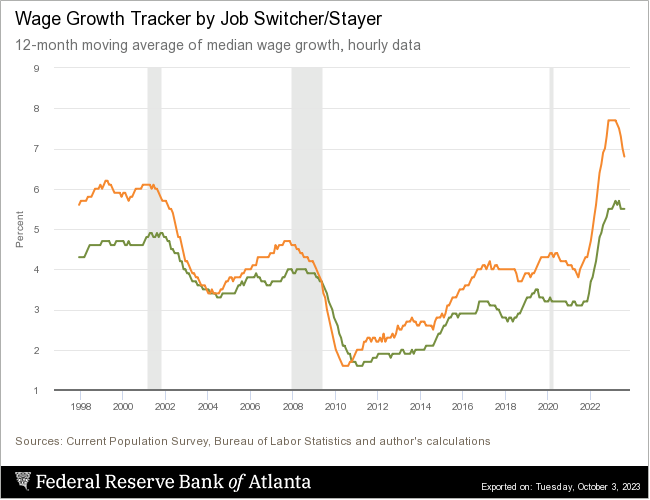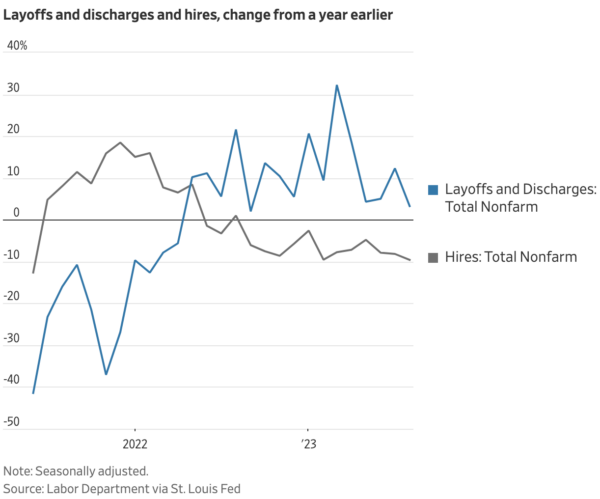
Job Market Only Does This During A Recession

Fellow Rebel Capitalists, brace yourselves. The labor market is sending signals that we haven’t seen since the Global Financial Crisis (GFC). If you’re not paying attention, you’re essentially sleepwalking into a potential economic quagmire. The Wall Street Journal recently published an article that should be a clarion call for anyone who cares about the state of the U.S. economy. Let’s dissect this data and understand why it’s so crucial.

The Decline in Job Quits—A Red Flag
The rate at which people are quitting their jobs has plummeted, and this is a significant red flag. When people quit their jobs en masse, it’s usually because they believe they can easily find a better opportunity. However, the current data shows a decline in job quits, signaling a lack of confidence among employees in finding new jobs.
The Instagram Vacation Phenomenon
During the pandemic, many young people were quitting their jobs for short vacations, confident that they could easily find a new job upon their return. This trend has reversed, indicating a shift in employee confidence and a more cautious approach to job security. Historically, the rate of job quits declines dramatically during and after recessions. The current decline suggests that we may be at the beginning of a similar downturn, or at least a period of economic instability.
Wage Growth Compression—Another Warning Sign
The gap between wage growth for job switchers and job stayers is narrowing, and that’s not good news. In a healthy job market, people switch jobs to secure higher wages. However, the current data shows a compression in wage growth between these two groups.

The Red Line and the Blue Line
The Atlanta Fed data shows that the wage growth for job switchers (the orange line) is declining faster than for job stayers (the green line). This is a phenomenon we usually see during or after recessions, making it an ominous sign. Government stimulus checks and PPP loans temporarily distorted this trend, but as those effects wear off, we’re seeing a return to concerning patterns in wage growth.
Layoffs, Hires, and Job Postings—The Writing on the Wall
The rate of layoffs and discharges is increasing, while the rate of hires and job postings is decreasing. This is a clear indication of a tightening labor market and potentially rising unemployment rates.

Interestingly, these trends began to manifest around the time the Federal Reserve started talking about raising interest rates. This could be a contributing factor to the current labor market dynamics. One positive note is that overall job satisfaction seems to be increasing. However, this could be a result of people clinging to their current jobs due to a lack of better opportunities.
The Unsettling Implications.
The labor market is showing signs of strain that we usually only see during or after recessions. Employees are losing leverage, and employers are gaining it. This is a precarious situation, especially when wages have not kept up with inflation.
For more in-depth analysis, check out the playlist Josh has put together:
